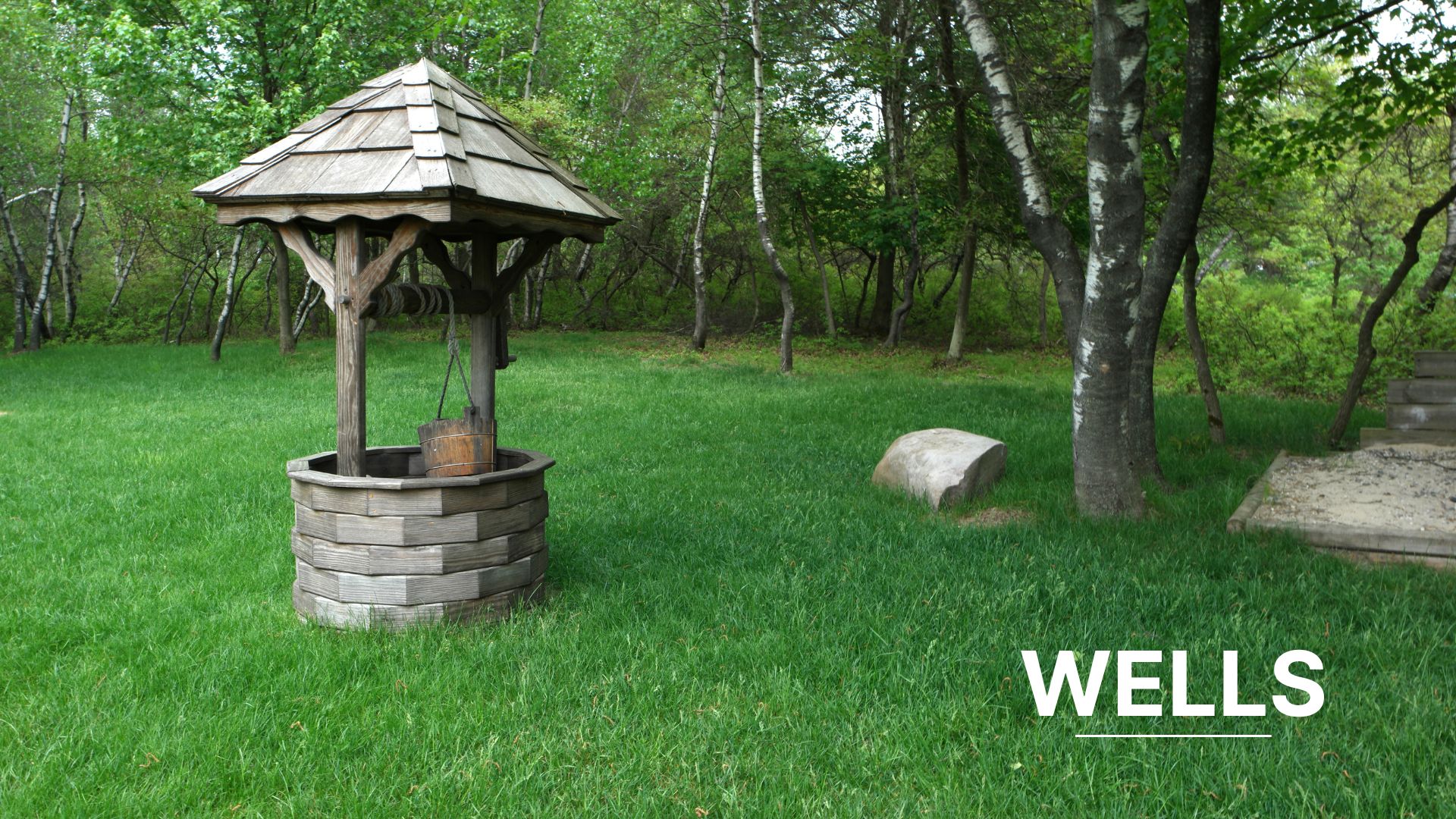Last week we talked about some of the things lenders consider when lending on residential acreages. This week we will look at some of the services needed when purchasing an acreage. Rural areas are not serviced the same as urban areas and will require different systems in place to service the property and house.
Often, one or more wells might be available, or be required, to provide adequate water to a residential acreage. This will depend on the wells output or requirements of the property. Example, if you plan on having a hobby farm, gardening, etc.
There are two types of wells: Drilled and Bored.
Bored: are constructed when low yielding groundwater sources are found relatively close to the surface. One advantage of bored wells is the large diameter of the casing. It provides a water storage reservoir for use during peak demand periods. A disadvantage of utilizing a shallow groundwater aquifer is that it generally relies on annual precipitation for recharge.
Drilled: Drilled wells are smaller in diameter and completed to much greater depths than bored wells. The producing aquifer is generally less susceptible to pollution from surface sources because of the depth. Also, the water supply tends to be more reliable since it is less affected by seasonal weather patterns.
Completions for both drilling methods can be done three different ways: Surface Casing with slotted or perforated liner, Sand Screen with continuous slot openings, Single String Slotted or perforated casing.
Decisions about the diameter and type of well casing are made after the driller considers the following:
- Aquifer characteristics
- Hydraulic factors that influence well performance
- Drilling method
- Well depth
- Cost (in discussion with the well owner)
The casing must be large enough to house the pump and allow sufficient clearance for installation and efficient operation.
Once the well (s) have been installed they will need to be tested. Testing will include:
- Output/recovery rates, measured in gallons per minute (GPM)
- Potability; suitable for drinking
At minimum the typical household (family of 4) will require 5-10 GPM to service their needs. Anything less than 5 GPM may require additional storage through cistern or tank.
Testing the water will be done after the installation of the well and can/should be done often to ensure the water is suitable for drinking. Testing will look at bacteria, chemical, and trace metal levels. Testing typically takes a few days to produce results and can be done by the homeowner or a professional. It is recommended to do this at least once a year or when a change in water quality is noticed.
There is much to know about the installation and maintenance of wells. Always consult with a professional and DO YOUR RESEARCH! Stay tuned for part 3 of Residential Acreages, when we take a closer look at Septic Systems.
Resource Link (s):
Testing drinking water – https://www.alberta.ca/testing-farm-drinking-water.aspx

 Facebook
Facebook
 X
X
 Pinterest
Pinterest
 Copy Link
Copy Link

